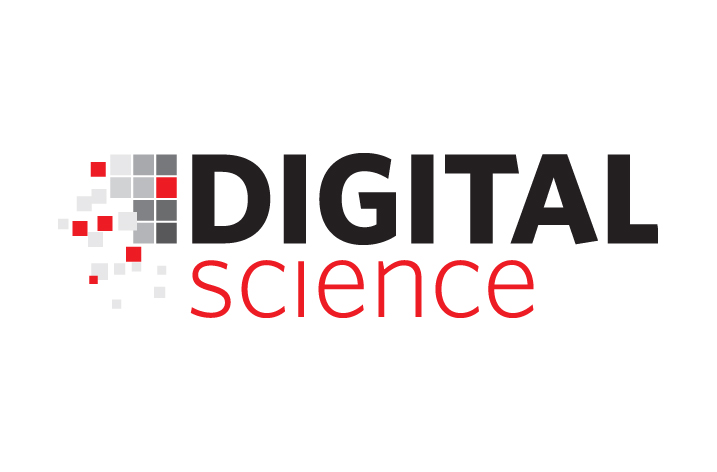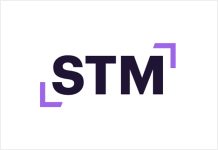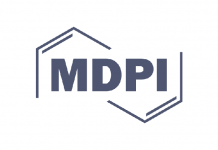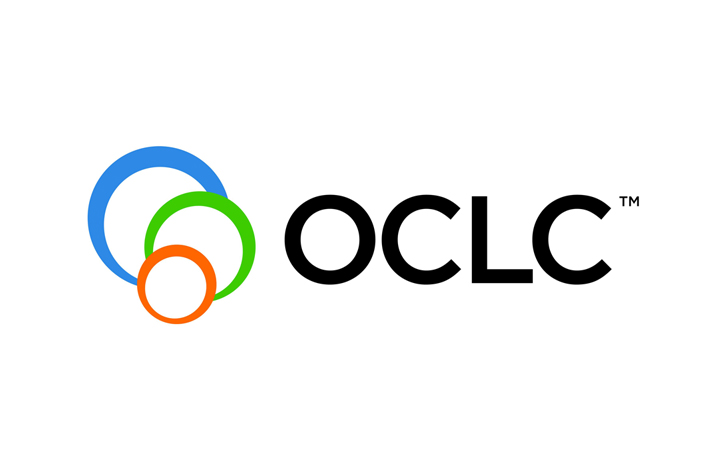
The Public Library of Science (PLOS) today announced the release of the first results of a new initiative to measure researchers’ Open Science practices across the published literature, ‘Open Science Indicators’ (OSI). These initial results show increasing prevalence of good practices in research data and code sharing, and increasing use of preprints by researchers. PLOS is releasing the OSI dataset, and the associated framework used to develop it, to support Open Science initiatives in the wider community.
Earlier this year PLOS partnered with DataSeer to develop and measure, using artificial intelligence and natural language processing, a set of numerical “indicators” linked to specific Open Science characteristics and behaviors observable in thousands of published research articles. Today, PLOS is making available the data on three Open Science Indicators: data sharing, code sharing, and preprint posting, and will be developing additional indicators in 2023 guided by feedback from the community.
OSIs will help PLOS better understand researchers by establishing a baseline for the current state of adoption for Open Science practices and allow PLOS to track progress over time. As a framework for measuring and monitoring Open Science, OSIs have broad potential applications, from complementing the aims of the UNESCO Open Science Monitoring Framework Working Group to meeting the needs of organizations that wish to better understand Open Science practices, and assessing the impact of policy changes, like those set forth in the recent OSTP memo.
“To support our goal of increasing adoption of Open Science practices we need reliable evidence to understand those practices, but until we developed Open Science Indicators, there were no tools that could tell us everything we needed to know,” said Iain Hrynaszkiewicz, Director, Open Research Solutions at PLOS. “Open Science Indicators will enable us to better understand and support the researchers we serve, and by sharing OSIs openly we can help others support the adoption of Open Science practices.”
“We’re very proud to be helping PLOS with the OSI project,” said Tim Vines, Founder and Director of DataSeer. “It’s so much easier to make good choices around Open Science incentives when you’ve a clear picture of sharing behaviors across the whole of your portfolio.”
PLOS’ initial dataset examines data-sharing and code-sharing behaviors, and preprint posting in both PLOS articles, and the same Open Science practices in the wider scientific literature. The data cover approximately 61,000 PLOS research articles published between January 2019 and June 2022, as well as a comparator set of 6,000 publicly available research articles from PubMed Central (10% of the PLOS sample). The OSI method will be further developed and improved over time.



























